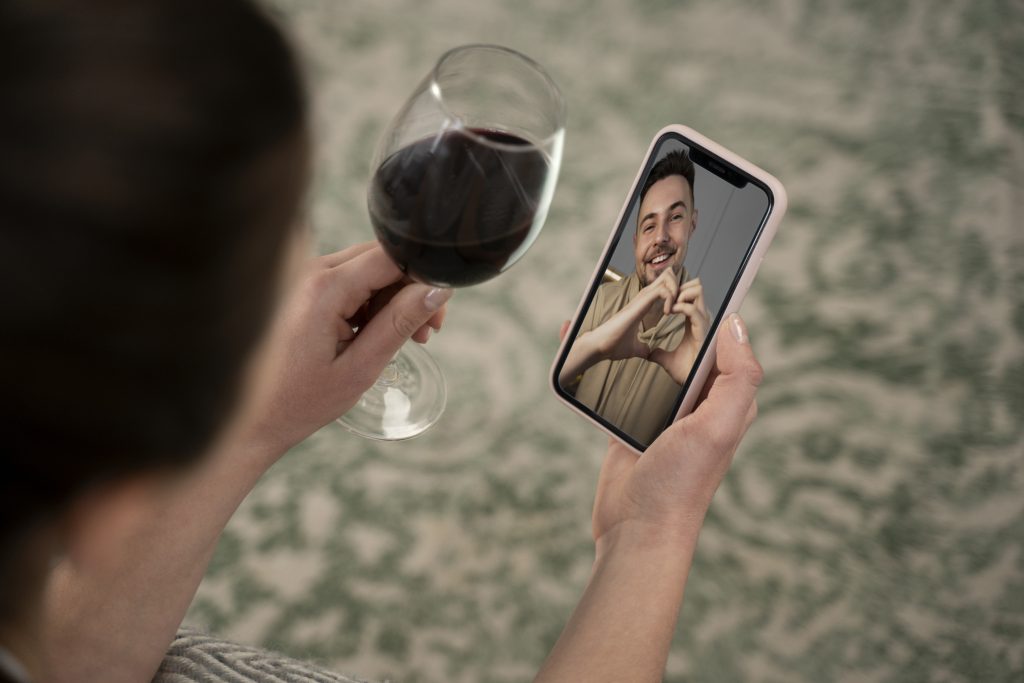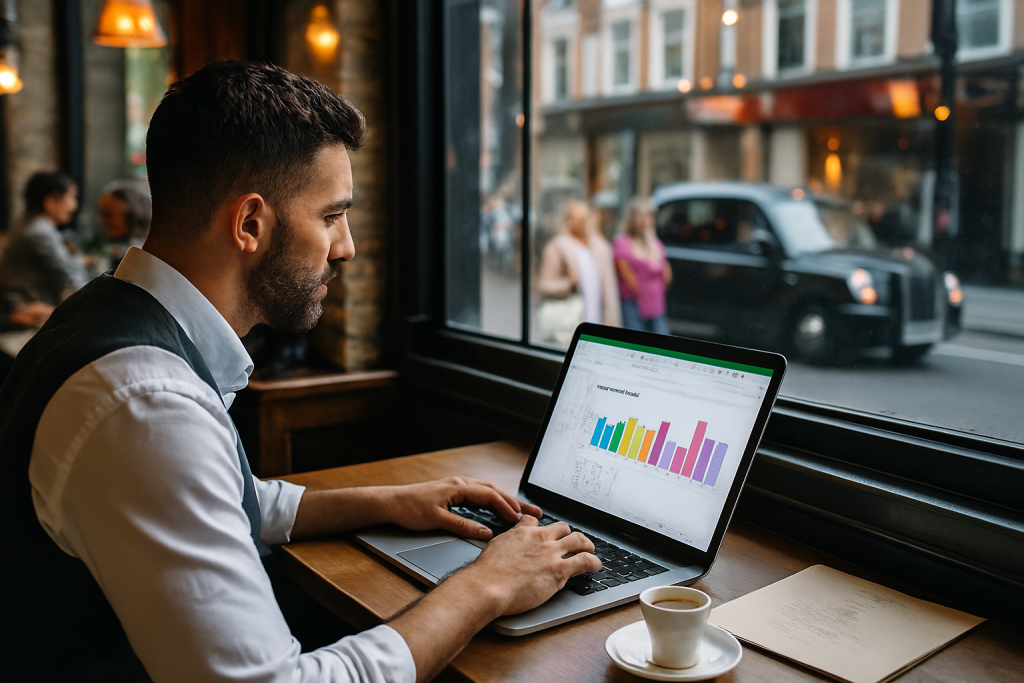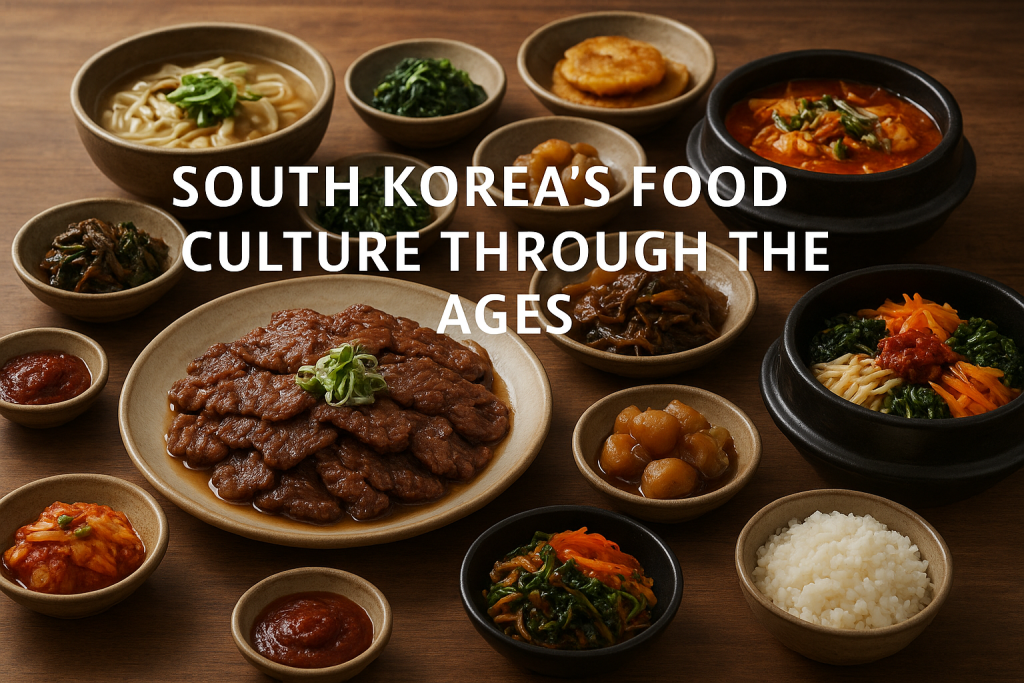Are you curious about whether navigating the world of virtual wine tastings through technological advances is truly as convenient and enjoyable as it sounds? Well, the answer is a resounding yes! With the help of rapid advancements in technology, virtual wine tastings have become more accessible and immersive than ever before. From interactive smart wine bottles to augmented reality tasting rooms, technology has revolutionized the way we experience and appreciate wine. In this article, we will explore the various technological advances that have transformed the wine tasting industry. Get ready to dive into the exciting world of virtual wine tastings, where technology takes center stage in enhancing your wine exploration journey.
Contents
Virtual Wine Tasting Technology
To fully immerse yourself in the world of virtual wine tastings, you need to embrace the advancements in virtual wine tasting technology. These technological developments have revolutionized the way we experience and appreciate wine. With virtual sensory experiences, you can now engage your senses and explore the intricate flavors and aromas of different wines from the comfort of your home.
One of the key features of virtual wine tasting technology is AI wine recommendations. Using sophisticated algorithms, AI can personalize wine recommendations based on your preferences, ensuring that you discover new wines that align with your taste preferences.
Interactive wine labels also enhance the virtual wine tasting experience. These labels provide detailed information about the wine, including tasting notes, food pairing suggestions, and even the story behind the winery. With the help of QR codes and augmented reality, you can scan the label and unlock a wealth of interactive content that deepens your understanding and appreciation of the wine.
The rapid transformation of wine tasting through technology has opened up new possibilities for wine enthusiasts. Virtual wine tastings have become more accessible and convenient, allowing people from all over the world to come together and share their passion for wine. Embracing these advancements in virtual wine tasting technology will not only expand your knowledge and palate but also enhance your overall wine tasting experience.
Benefits of LinkedIn Sign-In
You can leverage the benefits of LinkedIn sign-in to stay connected and up-to-date in the professional world. Here are three reasons why LinkedIn sign-in is advantageous:
- Networking opportunities: LinkedIn is a powerful platform for building and expanding your professional network. By signing in with LinkedIn, you can easily connect with colleagues, industry experts, and potential employers. It allows you to discover new opportunities, collaborate with like-minded professionals, and stay connected with the latest trends and developments in your field.
- Professional updates: LinkedIn provides a platform for sharing and accessing professional updates. By signing in with LinkedIn, you can receive notifications about job openings, industry news, and relevant articles. This keeps you informed and enables you to stay ahead in your career.
- Privacy policy: LinkedIn has a comprehensive privacy policy that protects your personal information. When signing in with LinkedIn, you can be confident that your data is handled securely and in accordance with their policies. This ensures that your professional profile and activities remain private and accessible only to the relevant audience.
In addition, the LinkedIn app is available in the Microsoft Store, making it easily accessible for users. So, take advantage of the benefits of LinkedIn sign-in to enhance your professional journey.
Insights From the Community
Community insights on wine pairings can elevate restaurant menus in the hospitality industry. One key insight is the importance of training staff to recommend wine pairings. By providing comprehensive training, your staff will be able to confidently suggest the perfect wine to complement each dish, enhancing the overall dining experience for your customers. This not only improves customer satisfaction but also increases the likelihood of repeat visits and positive word-of-mouth recommendations.
Another valuable insight is the impact of wine pairings on restaurant menus. By strategically incorporating wine pairings into your menu, you can create a cohesive and memorable dining experience. Consider highlighting recommended wine pairings alongside each dish, or even offering a dedicated wine pairing menu. This not only enhances the dining experience but also encourages customers to explore different wines and potentially increase their overall spend.
Additionally, community insights emphasize the importance of maintaining wine quality while increasing profits. This can be achieved by carefully curating your wine selection, ensuring that each bottle meets a high standard of quality. By offering a well-curated wine list, you can attract wine enthusiasts and connoisseurs who are willing to pay a premium for exceptional wines. This, in turn, can lead to increased profits for your establishment.
Other Recommended Resources
One valuable resource for exploring virtual wine tastings and technological advances is a comprehensive guidebook. These guidebooks provide in-depth information on various topics related to wine, including wine tourism, wine industry trends, wine and technology, virtual wine events, and wine education. Here are three recommended resources for wine enthusiasts looking to delve deeper into the world of virtual wine tastings:
- “Virtual Wine Tasting 101: A Guide for Wine Lovers”: This guidebook offers a comprehensive overview of virtual wine tastings, covering everything from how to set up and participate in virtual tastings to tips for enhancing the experience. It also provides insights into current wine industry trends and the role of technology in shaping the future of wine.
- “The Virtual Wine Tasting Companion”: This resource serves as a companion for virtual wine tastings, offering detailed tasting notes, food pairing suggestions, and background information on the wines being tasted. It also includes interactive features like augmented reality labels and QR codes for a more immersive experience.
- “Wine Education in the Virtual World”: This guidebook focuses on wine education in the virtual realm, providing valuable information on online courses, webinars, and virtual workshops. It explores the benefits of virtual wine education and how it can enhance one’s wine knowledge and appreciation.
User-Friendly Virtual Tasting Technology
User-friendly virtual tasting technology enhances the accessibility and convenience of virtual wine tastings. With the use of virtual tasting software, interactive wine labels, and augmented reality tastings, wine enthusiasts can now have immersive virtual wine experiences from the comfort of their own homes.
One key aspect of user-friendly virtual tasting technology is the personalized wine recommendations that participants can receive. Through AI algorithms, virtual tasting software can analyze customer preferences and provide tailored wine suggestions that match their taste preferences. This not only enhances the virtual tasting experience but also allows participants to discover new wines that they may not have tried otherwise.
Another important feature is the ability to interact with wine labels in a virtual setting. Interactive wine labels provide participants with detailed information about the wine, including tasting notes, vinification techniques, and producer information. This enhances the participants’ knowledge and understanding of the wines they are tasting, creating a more enriching experience.
Furthermore, augmented reality tastings take virtual wine experiences to the next level. By overlaying digital content onto real-world objects, participants can virtually explore vineyards, cellars, and wineries, enhancing their understanding of the winemaking process and creating a more immersive tasting experience.
Engaging and Knowledgeable Host
You can enhance your virtual wine tasting experience with an engaging and knowledgeable host. Here are three reasons why a host with these qualities is essential:
- Wine Education: An engaging and knowledgeable host can provide valuable insights into the world of wine. They can share their expertise on different grape varieties, winemaking techniques, and regions, enriching your understanding of each wine you taste. Through their guidance, you can learn about the intricacies of wine production and gain a deeper appreciation for the artistry behind each bottle.
- Tasting Techniques: A skilled host can teach you proper tasting techniques, helping you fully experience the aromas, flavors, and textures of the wines. They can guide you through the process of swirling, sniffing, and sipping, allowing you to discover the nuances and complexities of each wine. By learning these techniques, you can elevate your tasting skills and develop a discerning palate.
- Wine Industry Trends: An up-to-date and knowledgeable host can keep you informed about the latest trends in the wine industry. They can share insights on new wine styles, emerging regions, and innovative winemaking practices. Additionally, they can provide recommendations on wine pairings, helping you discover exciting culinary combinations and enhancing your overall tasting experience.
An engaging and knowledgeable host adds depth and entertainment to your virtual wine tasting, making it an educational and enjoyable experience.
Key Elements of Interactivity
To enhance your virtual wine tasting experience, it is crucial to incorporate interactive elements that foster engagement and participation. Interactive elements in virtual wine tastings provide numerous benefits, including enhancing customer engagement, creating a sense of community, enabling real-time interaction, and increasing participant involvement. These elements add an extra layer of excitement and interactivity to the tasting experience, making it more immersive and enjoyable for all participants.
One way to incorporate interactivity is through two-way communication between the host and participants. This allows participants to ask questions, express their opinions, and engage in pleasant banter with the host and other attendees. Real-time interaction creates a dynamic atmosphere and encourages active participation, making the virtual tasting feel more like an interactive conversation rather than a passive experience.
Another important aspect of interactivity is creating a sense of community among participants. By fostering a welcoming and inclusive environment, virtual tastings can bring people together from different locations and backgrounds who share a common interest in wine. This sense of community enhances the overall experience and encourages participants to connect with one another, even in a virtual setting.
Incorporating interactive elements also allows participants to feel more involved in the tasting process. They can actively contribute to the discussion, share their thoughts, and learn from the host and other participants in real-time. This level of participant involvement deepens their understanding and appreciation of the wines being tasted.
Efficient Set Up and Sample Shipping
To efficiently set up and ship samples for a virtual wine tasting, ensure that each participant receives a single pour of each wine, with the tasting serving containing around 40-50 cl of liquid. This ensures that everyone gets a fair sample without overwhelming them with too much wine. Here are three key elements to consider when setting up and shipping samples for a virtual wine tasting:
- Set up logistics: Plan the logistics of the tasting carefully, including the number of participants, the wines to be tasted, and the timing of the event. This will help determine the quantity and packaging required for each sample.
- Sample packaging: Use secure and leak-proof packaging to ensure that the samples arrive in pristine condition. Consider using small, individual bottles or vials to hold the wine samples, and label them clearly for each participant.
- Shipping process: Choose a reliable shipping method that guarantees timely delivery of the samples. Take into account the location of participants and any legal restrictions on shipping alcohol. Consider using insulated packaging or ice packs to maintain the temperature of the samples during transit.
Tasting kit preparation and quality control measures are crucial to ensure that participants receive a consistent and enjoyable experience. By paying attention to these details, you can create a seamless and satisfying virtual wine tasting for all participants.




